Finding our Literary Mothers and Sisters in Time
Sharan Newman is a medieval historian and award-winning author of nonfiction and fiction. Her books include The Real History Behind the Templars and The Real History Behind the Da Vinci Code. Her latest non fiction book Defending the City of God centers around Queen Melisende, the oldest daughter of the original Crusader king.
In history classes, even today, women who wrote are rarely mentioned. Few learn of Dhuoda,living in Provence in the seventh century, who poured her heart into a book of advice and philosophy. Murasaki Shikibu composed the immortal Japanese saga, The Tale of Genji, a thousand years ago. The number of female poets in the first centuries of Islam runs into the hundreds. Every point in time contains women who wrote or told stories or composed music and created art.
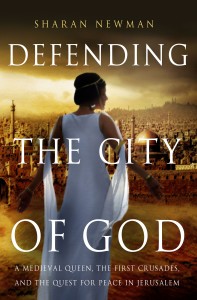 There is a saying that “Anonymous was a woman” and that may well be true but only because later generations forgot them. Many women were honored in their own eras, such as Christine de Pizan, the fourteenth century popular author who, it is said, was the first woman known to have supported herself and her children totally by writing. She was also the first person to point out that her contemporary, Geoffrey Chaucer, was a raging misogynist, although using much more creative language to do so.
There is a saying that “Anonymous was a woman” and that may well be true but only because later generations forgot them. Many women were honored in their own eras, such as Christine de Pizan, the fourteenth century popular author who, it is said, was the first woman known to have supported herself and her children totally by writing. She was also the first person to point out that her contemporary, Geoffrey Chaucer, was a raging misogynist, although using much more creative language to do so.
Yet Chaucer is still studied, even in high school, and Christine is relegated to being read only by students of medieval literature. I think she was the better writer; many others in her own day agreed.
Today we might say that female authors have a secure place in literary history. But one thing I know as an historian is that the pendulum always swings. We need to leave a legacy not only as skilled writers but as accurate observers of aspects of life that are too often ignored. Looking back at my own long and somewhat checkered career, I realize that the desire to return women to their rightful place in history was what impelled both my fiction and non-fiction. Oddly, perhaps, I’ve found that a more honest portrayal can be created through fiction. This is due to the lack of solid information on the lives of ordinary women and men throughout time.
Way back in the shadowy days of the early 1980s, I realized that the Arthurian legends seemed to be very male centric. Guinevere, particularly, was portrayed as either a victim or a super bitch. I started wondering what she would have been like to be treated in this way by the myth-makers. The result of my speculation was a trilogy, set in a fantasy late Roman Britain.
I followed Guinevere from her childhood to her death, using the bones of the legend. I soon discovered that there were plenty of knights, warriors, wizards and kings in the stories but not a lot of women except the conniving ones. I invented a mother for Guinevere and added Roman and Saxon noblewomen, servants and friends. Some of these literally had to be created from bones, as with the Saxon women found by archeologists in a Romano-British graveyard.
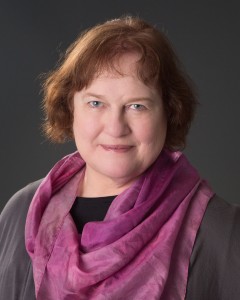
Sharan Newman
In writing these fantasies, I found another theme that was to last throughout my work, including the newest non-fiction, DEFENDING THE CITY OF GOD. Men are usually the loudest, most forceful characters, in fact or in fiction. While we can all name powerful women who stood up to these men, what we don’t often see are the women around them. How many know that the redoubtable Eleanor of Aquitaine had a younger sister, to whom she was devoted?
Eleanor is shown being constantly surrounded by men: father, husbands, sons, uncle. Yet there are glimpses of her female companions, especially in contemporary records. How did she interact with them? Were they her support when children died and men betrayed her? There are few remaining documents that even hint at who her female friends might have been, but they exist.
Eleanor certainly knew Melisende, the woman who is the center of DEFENDING THE CITY OF GOD. While, by virtue of her romantic life, Eleanor has been the subject of biographies, novels and films, Melisende is rarely mentioned in histories of the Crusades, although she was queen of Jerusalem for thirty years.
I set out to rediscover this queen, half-French, half-Armenian, who was the eldest daughter of a king and whose husband ruled only through her, as he eventually learned. I explore Melisende’s influence and that of her Armenian mother, her three younger sisters and the many recorded women who exercised power during this time of warfare and settlement. I’m not trying to over emphasize what they did, although their achievements were impressive, only to put them back where they belong.
Those who write contemporary fiction may feel that the way women have been marginalized in history and historical fiction isn’t relevant to them. Obviously, I disagree. I’ve spent over thirty years believing and preaching that we must know our own history, what we have accomplished and how easily those accomplishments can be forgotten or even purposely erased.
Even recent history is fading such as the role of women in the Civil Rights movement or, sadly, those who led the way in the fight for women’s right to vote, work and receive equal pay. Oh, yes, I forgot. We haven’t won that one yet.
As writers we need to acknowledge the pioneers who led the way, from Lady Murasaki to Sara Peretsky. We also need to pay attention to attitudes that die hard. Only twenty years ago a PEN conference in New York City included two women, Erica Jong and Joyce Carol Oats. When the (all male) organizers were asked about this, they said that these two were the only “literary” female authors they knew of.
One of the most rewarding things about being part of the writing community has been the way women, and many men, support each other. We need to continue this fellowship in fact and within the pages of our books, remembering that throughout time and into the future, we shall all need each other.
—
Sharan Newman is a medieval historian and award-winning author of nonfiction and fiction. Her books include The Real History Behind the Templars and The Real History Behind the Da Vinci Code. Her latest non fiction book, Defending the City of God centers around Queen Melisende, the oldest daughter of the original Crusader king.
Find out more about Sharan on her website sharannewman.com
Follow her on facebook
Category: On Writing, Women Writing Non-Fiction




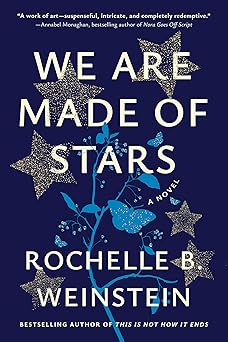
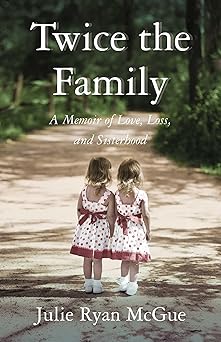
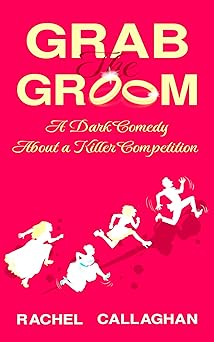

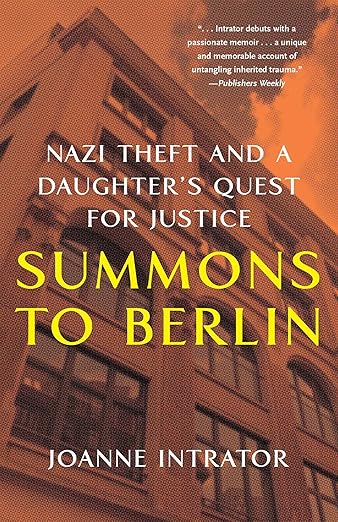
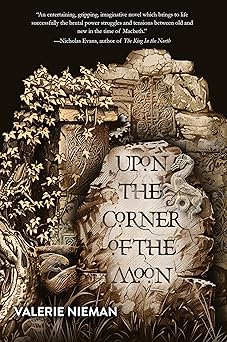
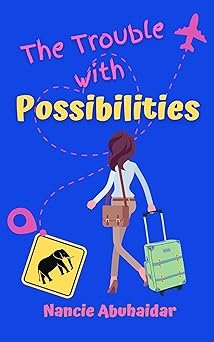

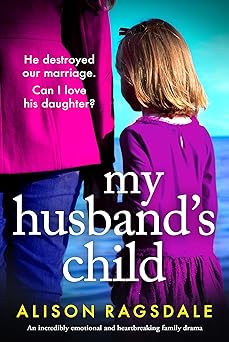
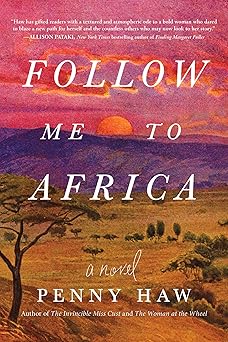
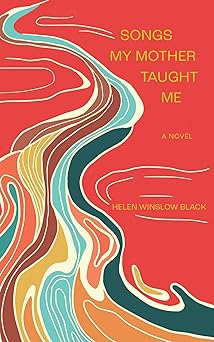

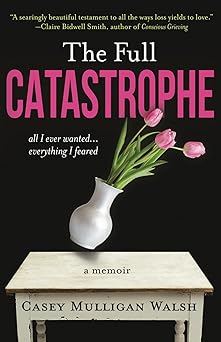


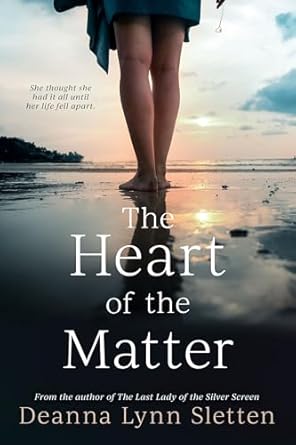
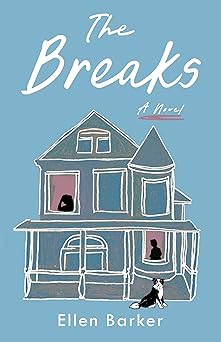
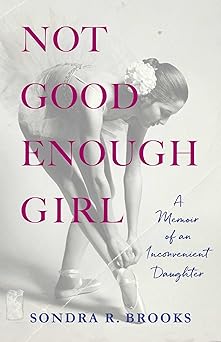
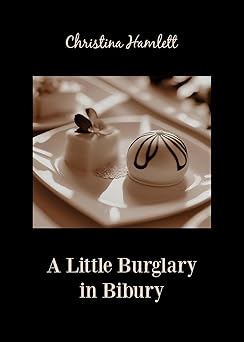
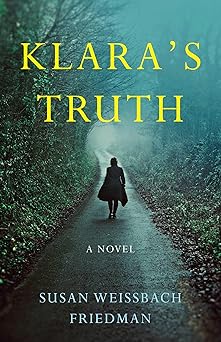
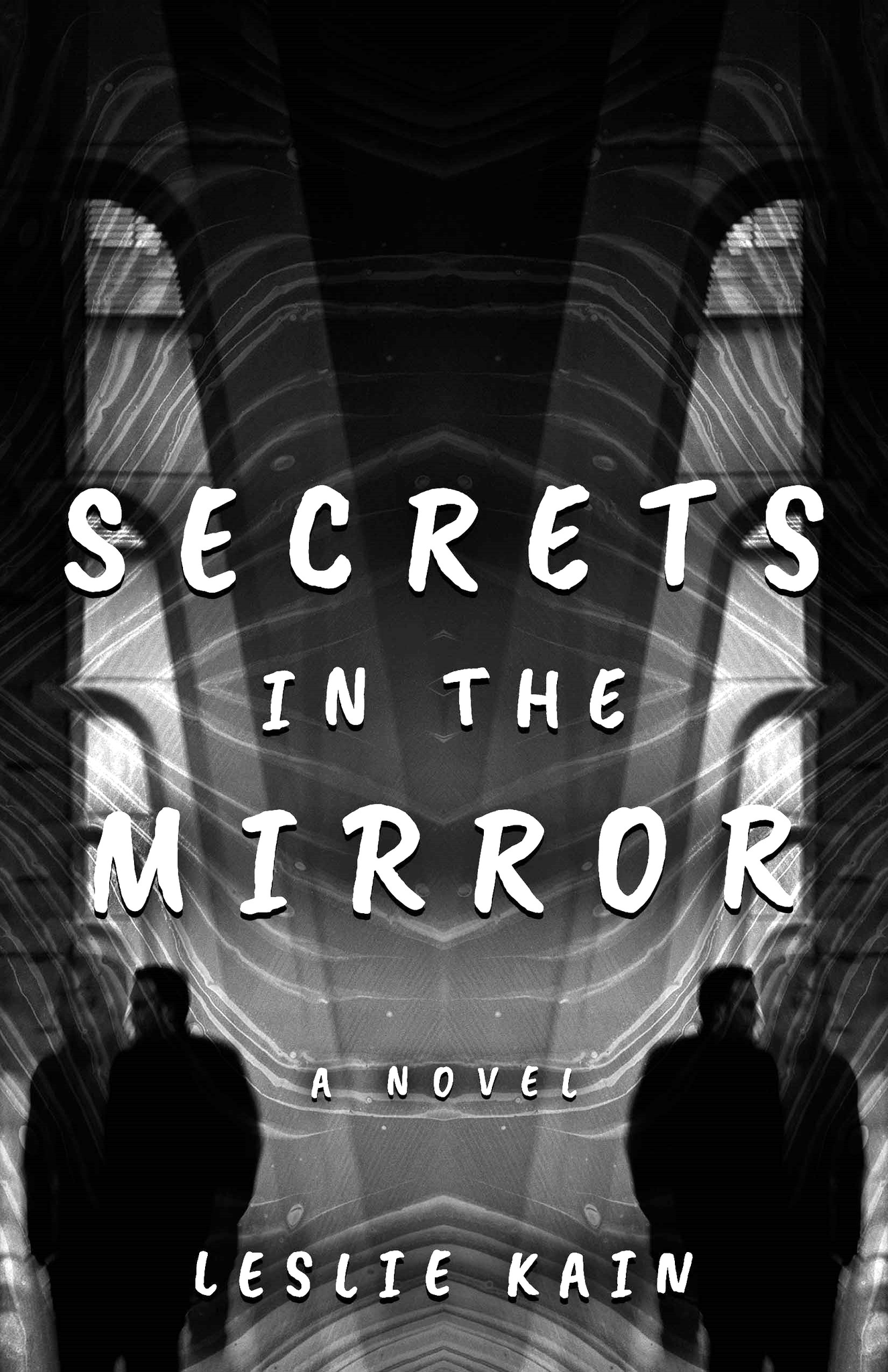
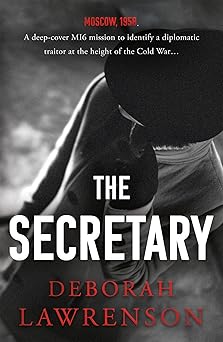
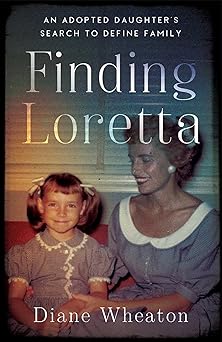
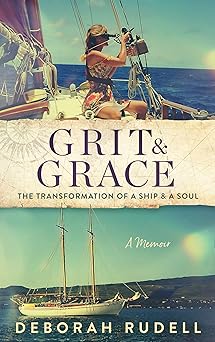
Can’t fully agree about women in Arthurian legend
http://www.academia.edu/6129549/The_Role_of_Women_in_the_Arthurian_Material
This article was written many years after I wrote my books. I found it interesting and it not only agreed with my findings but echoed my opinion of The Mists of Avalon, which I reviewed for the LA Times. I thought it misanthropic and anti-feminist. Have you read my Guinevere books? They are still in print.
There have been many books about Eleanor, but she has not been well-served by her biographers, many of whom are not historians. Recently, there have been better scholarly essays written on her, most particularly Palgrave’s collect in the New Middle Ages series,ELEANOR OF AQUITAINE, LORD AND LADY. ed. Bonnie Wheeler and John Carmi Parsons.
My point is that Eleanor was by no means unusual or even more powerful than many of her contemporaries, including Melisende.
Imagine my surprise when ancestry.com traced my lineage through an early German colonist of Dutch New Amsterdam back to Eleanor of Aquitaine! I don’t know how seriously to take this connection, but it has seriously colonized my imagination! Thank you, Sharan, for this wonderful essay.
With the fertility of Eleanor’s daughters, you may very well be descended from her. They were all pretty feisty.
I really enjoyed this post and am about to retweet and also post to my Facebook groups.
I so agree with you. I have been interested in Melisande of Jerusalem ever since coming across her when I was 15 and attempting my first (unpublished) novel. I didn’t write about her, but my delvings did lead me to discover her and I am really looking forward to reading your book about her. I know there’s so much I don’t know and I also know I’ll be in safe hands with your assessment.
With reference to Eleanor of Aquitaine I agree again. I’m in the middle of writing a contracted trilogy about her and the women who surrounded her including her sister and her sister in law Isabel de Warenne are a strong part of my focus.
I’ve always enjoyed your fiction works and now’s the time to begin delving into your non fiction.
From you, Elizabeth, that’s high praise. I think Eleanor deserves at least a trilogy and I look forward to reading it.
Queen Eleanor of Aquitaine is a favorite research figure of mine. Many scholarly books have been written.
Queen Eleanor’s life is a series of adventures — almost kidnapped by a younger son to a forced marriage, Queen of France THEN Queen of England, went on a crusades, eight kids by Henry Plantagenet (the first Henry), mother to Richard the Lionhearted who she ransomed from Germany when she was 80, mother of John who signed the Magna Carta, imprisoned by Henry for 10 years and released by Richard.
Eleanor’s progeny populated the royal houses of Europe and the Mediterranean kingdoms to the Islam states. Her blood still flows in the veins of many royal families.
There should be a series of movies about her through the many stages of her life!